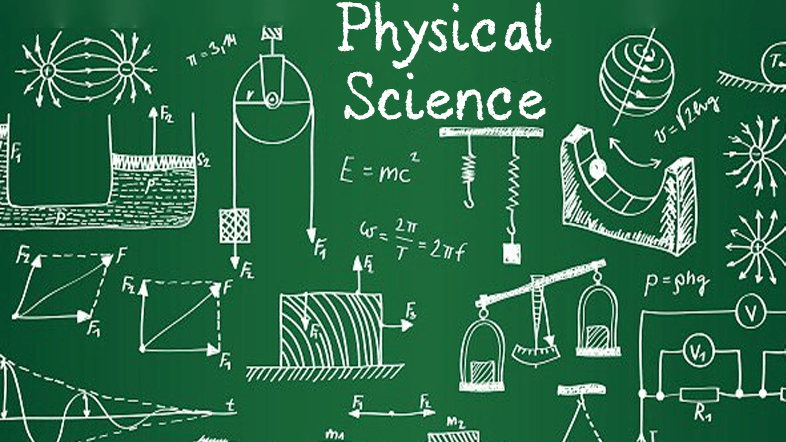Preparatory Chemistry for NEET, JEE – Class IX
- Home
- Preparatory Chemistry for NEET, JEE – Class IX

PHYSICS for class IX Syllabus
- Measurement and experimentation: common instruments like
Vernier caliper, micro-meter screw gauge for length, simple pendulum
for time. - Motion: uniform and non-uniform motion, motion in one dimension;
distance, displacement, speed, velocity, acceleration; scalar and vector
quantities; graphs of distance-time and speed-time; equations of
uniformly accelerated motion with derivations (graphical
representation). Uniform circular motion. - Laws of motion: Contact and non-contact forces; Relation between
force and motion; Newton’s first law of motion (qualitative
discussion); introduction to the ideas of inertia, mass and force.
Newton’s second law of motion including the mathematical
formulation (F=ma). Weight and mass. Newton’s third law of motion
(qualitative discussion); simple examples. Conservation of
momentum. - Gravitation: Kepler’s laws of planetary motion; acceleration due to
gravity; center of mass, idea of gravitational field. - Fluids: pressure in fluids; pressure and thrust; change of pressure
with depth (including the formula p=hρg); transmission of pressure in
liquids, atmospheric pressure; concepts of density, relative density
and specific gravity; buoyancy, Archimedes’ principle, principles of
floatation; determination of relative density of a solid. - Work and energy: types of energy, power, work energy relation,
transformation of energy; law of conservation of energy. - Heat: heat as a form of energy; concepts of heat and temperature;
anomalous expansion of water, graphs showing variation of volume
and density of water with temperature in the 0 to 10 deg C range;
Hope’s experiment and consequences of anomalous expansion.
Energy flow and its importance; energy sources. Global warming and
Green-house effect. - Sound: nature of sound waves, waves and wave motion; requirement
of a medium for sound waves to travel, propagation and speed in
different media; comparison with speed of light. Factors affecting
speed of sound; reflection of sound, echo, reverberation; infrasonic,
sonic and ultrasonic frequencies and their applications. - Light: reflection of light, images formed by a pair of parallel and
perpendicular plane mirrors; spherical mirrors, characteristics of
image formed by these mirrors; uses of concave and convex mirrors
(simple ray diagrams). - Electricity and Magnetism: simple electric circuit using an electric cell
and an electric bulb to introduce an idea of current (including its
relationship with charge); potential difference; insulators and
conductors; closed and open circuits; direction of current (electron
flow and conventional). Induced magnetism, magnetic field of earth;
neutral points in a magnetic field. Introduction to electromagnets and
its uses.
Monthly fees ₹499
Note: This course module is valid for all boards and beyond boards as well for the overall development of the students and it will not be changed Also Class timing once finalized will not be adjusted thereafter


